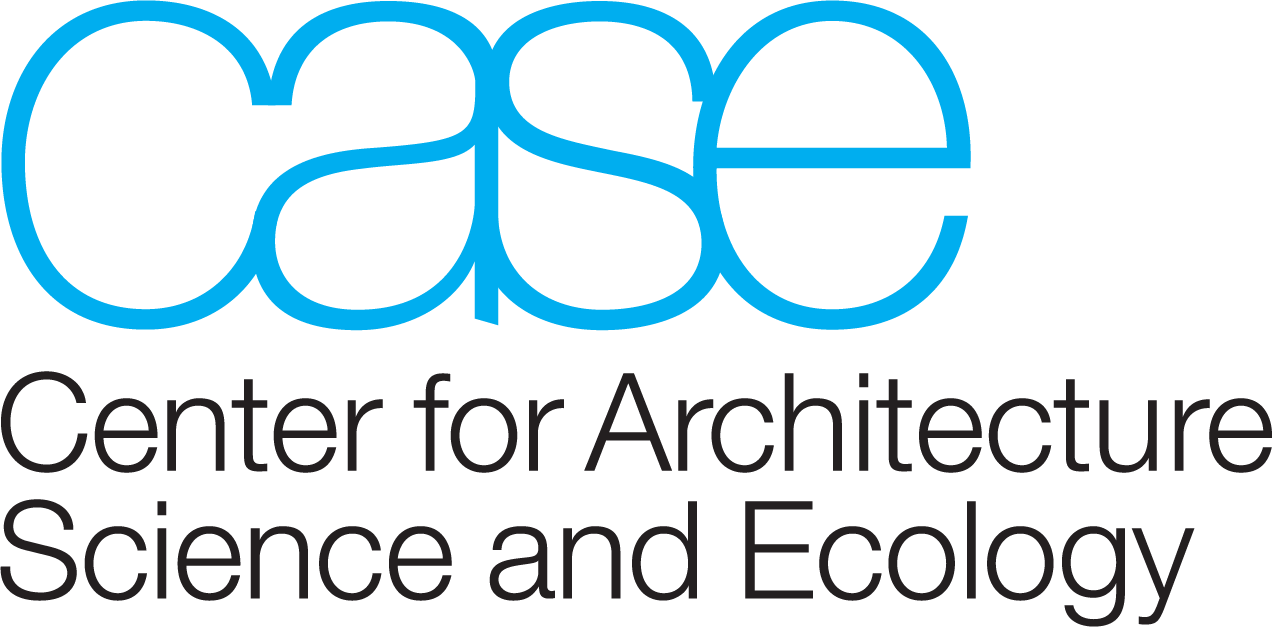Info-Scapes: New Ways of Seeing







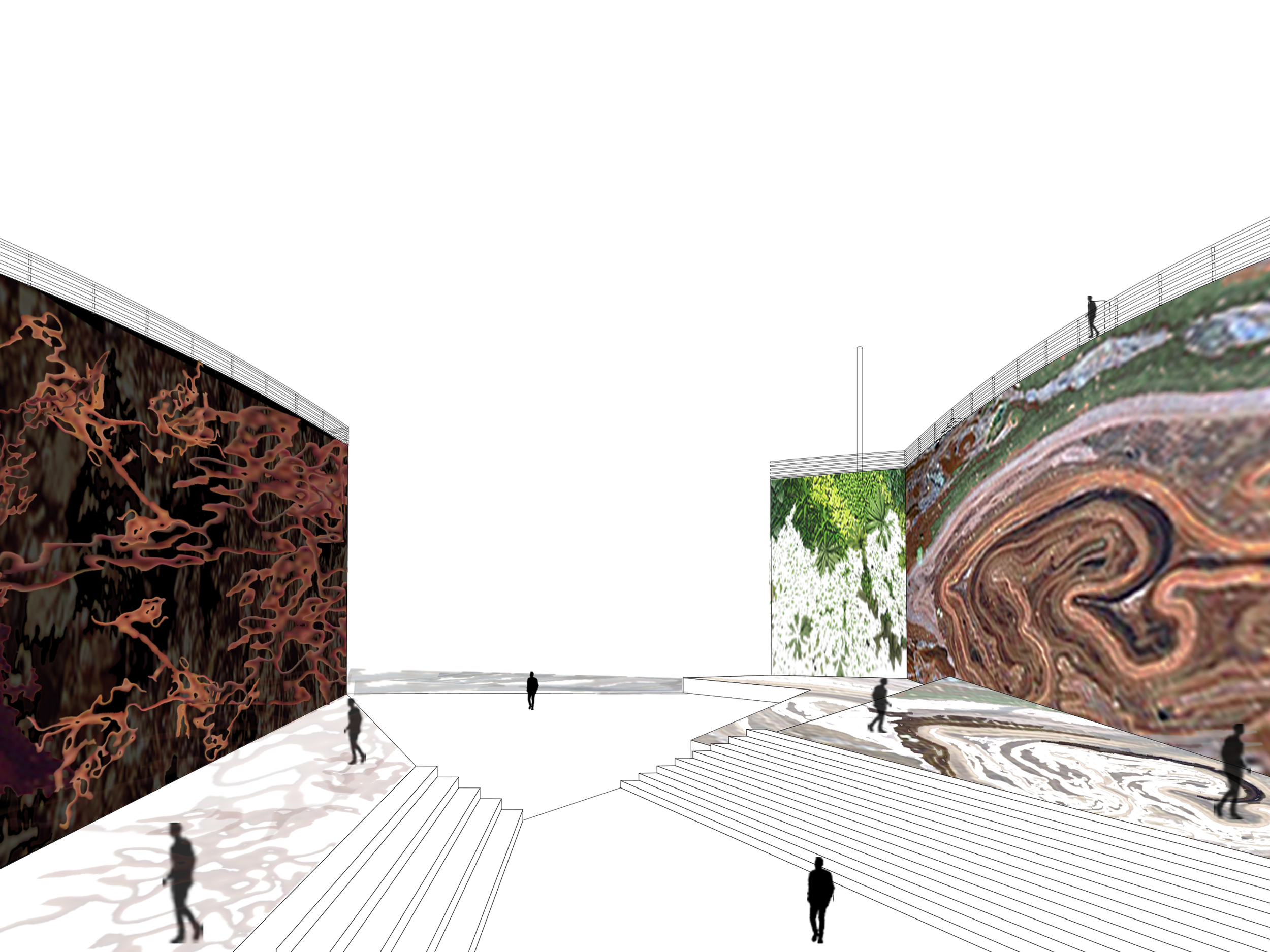
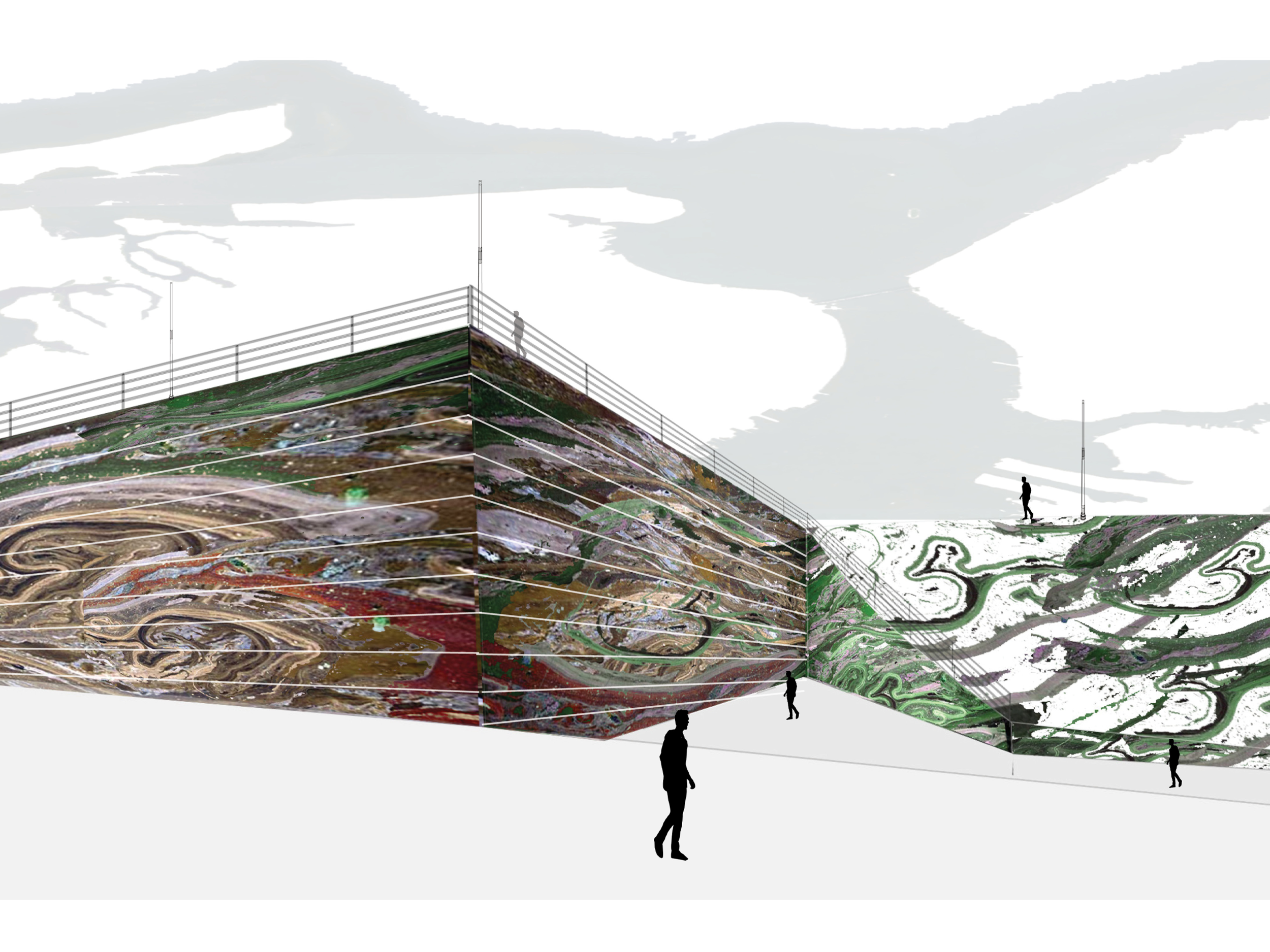









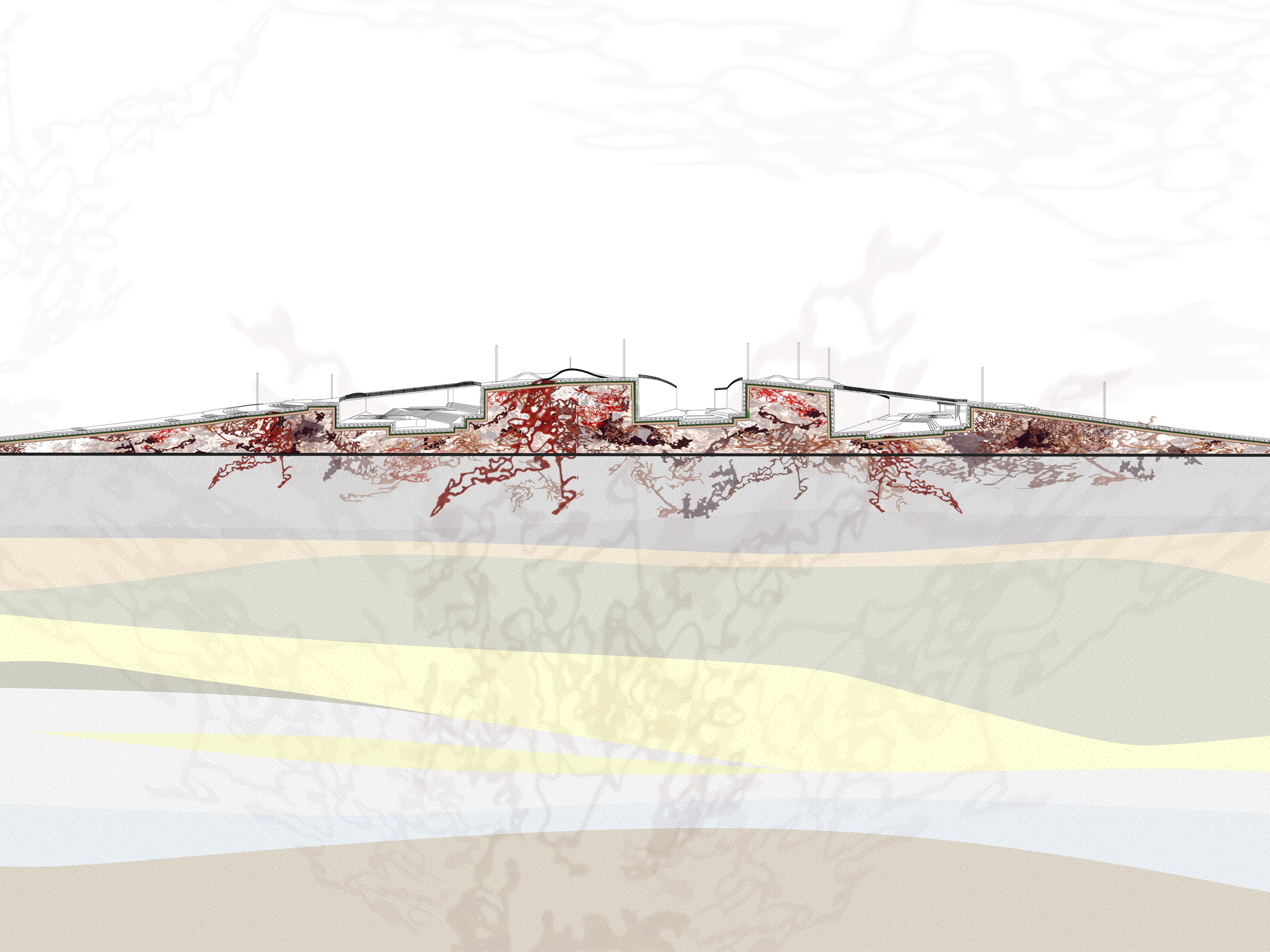
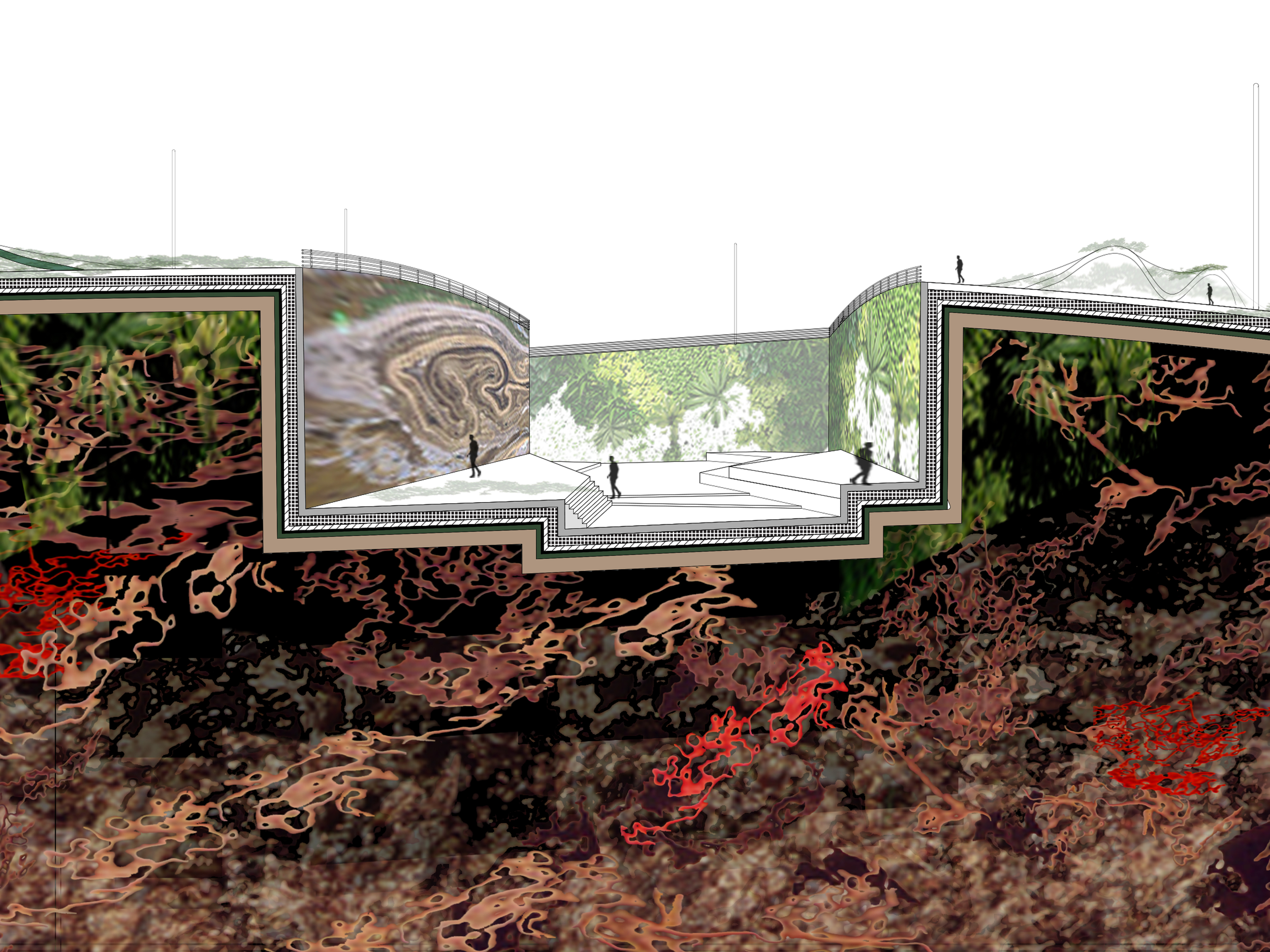
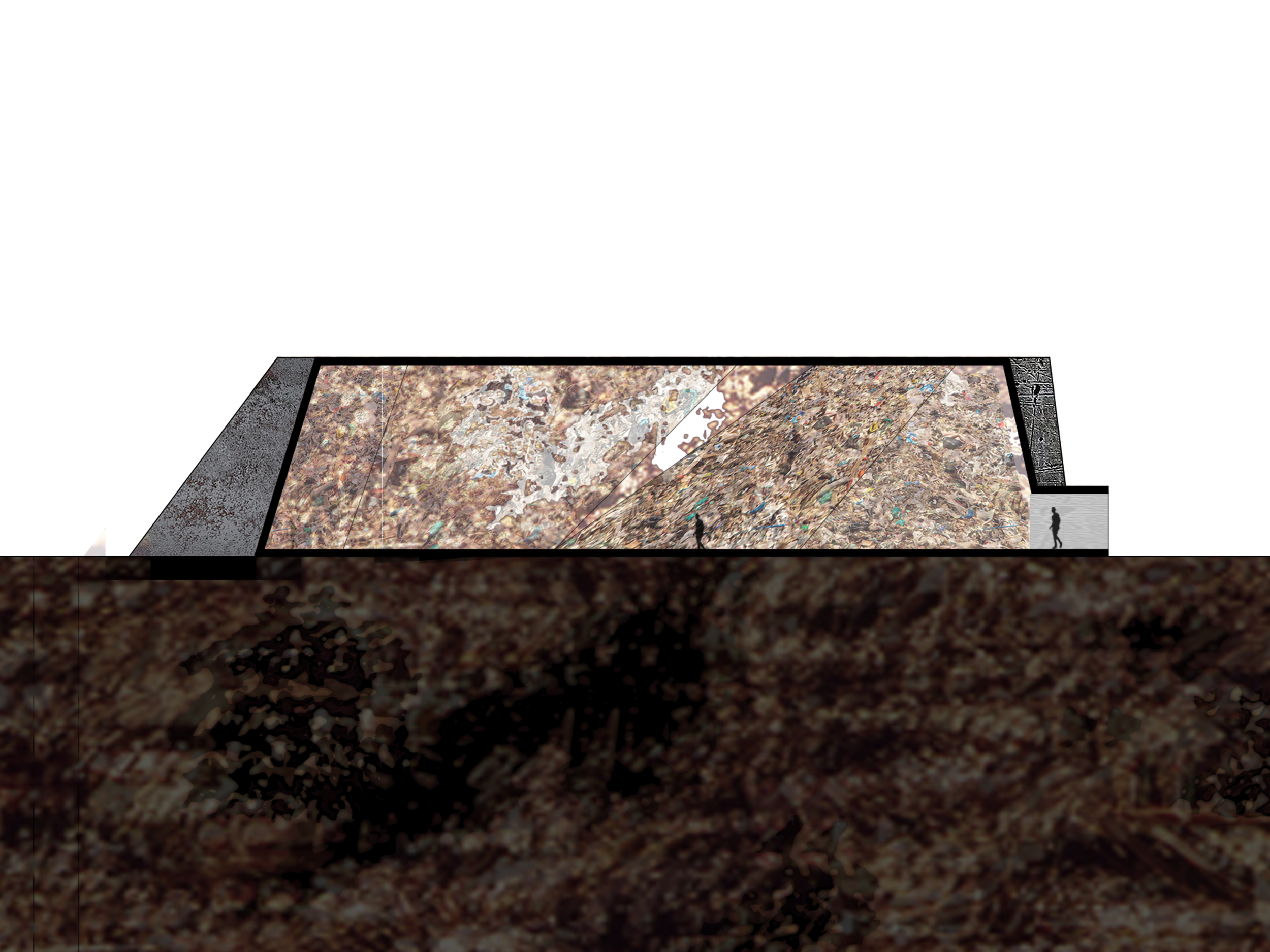
In order to communicate the detrimental impact of contamination on human as well as environmental health, the sciences utilize quantitative forms of representation to visualize data through abstract charts and diagrams that appeal principally to cognition. Alternatively, the arts often rely on qualitative aspects of aesthetic experience through a wide variety of visual and aural effects that appeal principally to emotion.
Examples of the latter that are explored in the research presented here include the photography of Edward Burtynsky, whose work compliments the more abstract scientific data related to environmental contamination with a visual documentation of its material, formal, and spatial effects, a visceral approach to documentary photography that seeks to induce an emotional response to the urgency of its subject matter.
The intention of this research and accompanying design proposal is to communicate the detrimental impact of contamination on human as well as environmental health by integrating quantitative with qualitative forms of communication in the research and design process. In this way, urban sites of environmental contamination and social inequity are exposed in ways that engage cognition as well as emotion in the viewer/inhabitant, an analytical reception of existing conditions and the histories that produced them that is in turn reinforced by a more visceral engagement and response.
Project Date: 2020
CASE Faculty: Chris Perry, Fleet Hower
Student Researchers: Alexis Clarke (MSArch)
